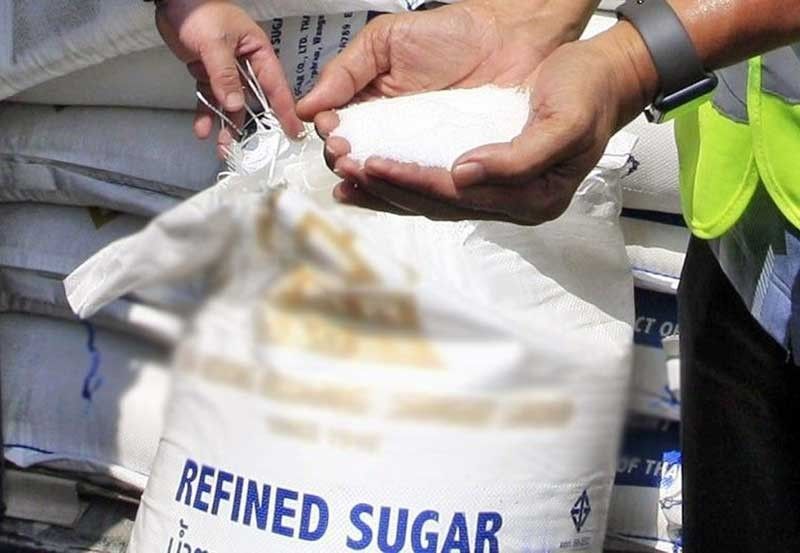Sugar producers seek hike in development budget

MANILA, Philippines — Sugar producers will likely face another problem as the government slashed the budget for sugar development to P67 million for next year from the programmed P2 billion.
The Confederation of Sugar Producers Association (Confed) is seeking a larger budget for the industry, noting the Sugarcane Industry Development Act (SIDA) of 2015 requires an allocation of P2 billion a year.
“According to the SRA (Sugar Regulatory Authority), they will try to renegotiate with Congress,” Confed spokesperson Raymond Montinola said.
“The law is there and it is one of the best laws enacted by Congress as it has social impacts, scholarship, research and development, infrastructure and loans,” said Roland Beltran, SRA board member for the millers.
“It is just a question of implementation,” he said.
The SRA plans to come up with a strategic planning for SIDA alone to ensure prioritization of projects.
Stakeholders are also calling for the review of the law to determine its bottlenecks and see rooms for improvements.
“It is about time to review it. The problem with the law is on the process and the bureaucracy,” Montinola said.
“We cannot feel the impact of the program and we are frustrated with the slow pace of approval,” he said.
Even Agriculture Secretary Emmanuel Piñol earlier called for the review of the law.
The law, which took effect in 2015, lays down the conditions for the maximization of the country’s sugarcane resources and provides for increasing the competitiveness of the sugarcane industry, improving the incomes of farmers and farm workers through improved productivity, product diversification, job generation and increased efficiency of sugar mills.
Among the provisions on increasing productivity is the institutionalization of the block farming program initiated by the SRA.
As such, small farm lots, including those held by agrarian reform beneficiaries will be consolidated into large production sites not smaller than 30 hectares.
The ownership of the lands, however, remains with the landowners.
- Latest





























